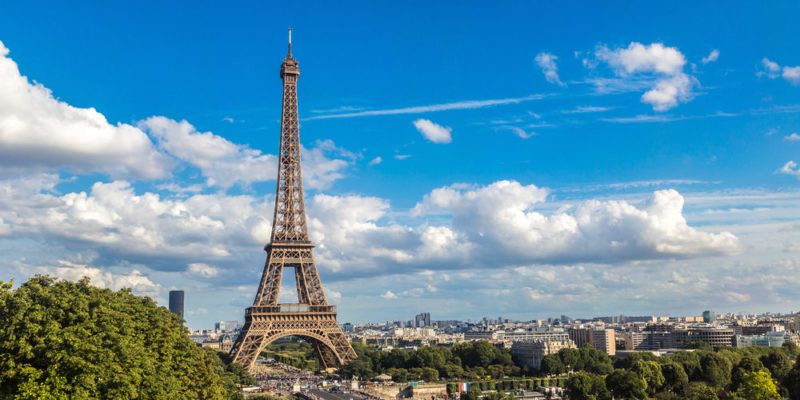We explain what the Eiffel Tower is, how are its dimensions, structure, and design. Also, its features, functions, and more.
What is the Eiffel Tower?
The Eiffel Tower, initially baptized as the “300 meter tower” ( Tour de 300 mètres ) is a monument of puddle iron (refined) designed by the French engineers Maurice Koechlin and Émile Nouguier, together with the architect Stephen Sauvestre, and built in Paris for the Universal Exhibition of 1889 by Alexandre Eiffel.
The Eiffel Tower took two years, two months and five days to build , and involved the labor of 50 engineers and 150 factory workers, as well as 18,038 iron parts and more than 5,000 shop designs. Although at the time it generated controversy among the public who considered it a metallic monster, today it is one of the most emblematic symbols of the French capital and a tourist point of absolute interest.
The Eiffel Tower was the tallest structure in the world for 41 years .
Eiffel Tower dimensions
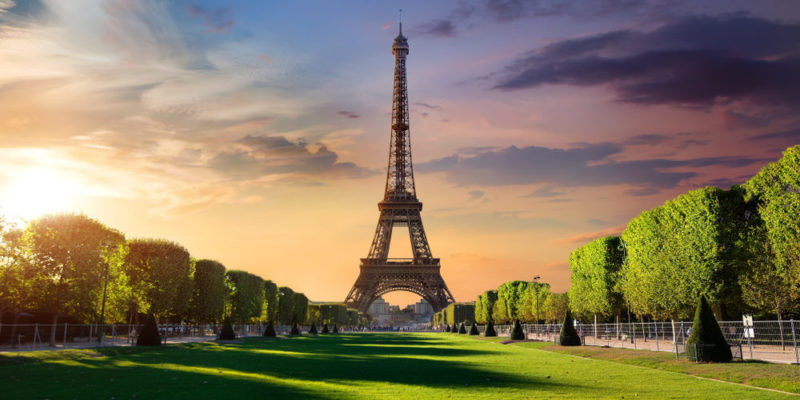
The Eiffel Tower is 300 meters high, then extended to 324 meters by means of a radio antenna at its top, and a width of 124.90 meters. It has three different habitable floors, one at 57.64 meters high, another at 115.73 meters, and the last at 276 meters high, from which the city can be seen from around.
The complete tower rests on a 2-meter concrete base , in turn located on a gravel bed on a foundation that is almost 7 meters deep. The total iron in the tower weighs 7,300 tons.
Location of the Eiffel Tower
It is located at the end of the Champ de Mars, on the south bank of the River Seine, in the seventh arrondissement of the French capital of Paris . It has become a true icon of the city, and receives 7.1 million tourists annually, for a total of 250 million visitors since its inauguration.
Structure and Design of the Eiffel Tower
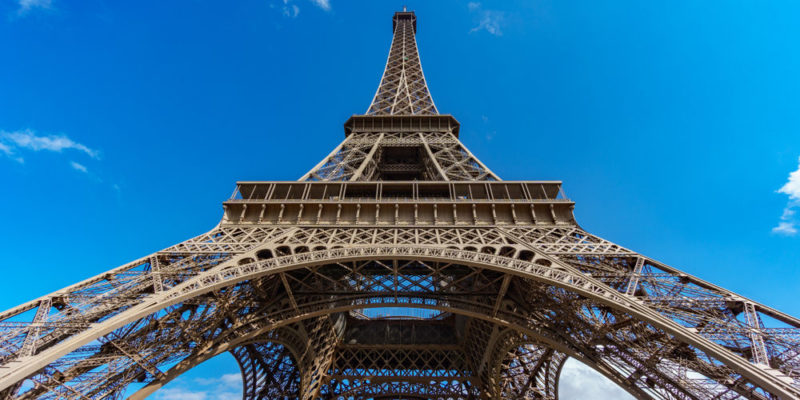
The tower is made up of the three habitable levels described, plus an intermediate level, as well as a base and different foundations, pillars and arches.
- Base. A square of 125 meters of side and of concrete, that supports the complete tower.
- Foundations. Each one installed in a foundation shaft, two towards the French Military Academy and two towards the Seine River, it is about four pillars with huge 78 dm long clamping bolts.
- The pillars. In these are the ticket booths (north and west pillars) and the elevators (north, east and west pillars), as well as the stairs open to the public to the second floor.
- The arches. At 39 meters above the ground , they lie on the pillars and have a total diameter of 74 meters. They are merely aesthetic.
- First floor. With an area of 4200 square meters, it supports three thousand people simultaneously, in a gallery equipped with spyglasses and maps of Paris to observe around. There you will also find the 58 Tour Eiffel restaurant and the Gustave Eiffel conference and multipurpose room.
- Second floor. With an area of 1650 square meters and capacity for 1600 people at the same time, it allows you to see almost 60 kilometers on average around. Here you will find the restaurant Le Jules Verne .
- Middle floor. Equidistant from the first and second levels at 80 meters, this level is not open to tourism , but houses the machinery necessary for the elevators.
- Third floor. With an area of 350 square meters and capacity for 400 people simultaneously, this level is reached only by elevator. There you will find the Bar à Champagne and a staging of Gustave Eiffel welcoming Thomas Edison.
Eiffel Tower movement

It is said that the tower “escapes from the sun “, which is due to the expansion of the metal by the heat received during the day. Its sunnier side expands enough to twist the tower slightly (about 18cm) to the opposite side.
In a similar way, the wind shakes the tower up to a maximum of 9 centimeters , although its construction contemplated at all times, contrary to what the newspapers of the time accused , the forces of the wind in its design. Not for nothing was Eiffel’s company a famous bridge builder.
Aesthetics of the Eiffel Tower
One of the main aesthetic achievements of the tower was to make the structure (the frame) of the tower its main protagonist , being that until then it used to be hidden and covered with cement.
This gave it an “unfinished” look that was the subject of criticism, but has proven over time to be an ideal combination of functionality and minimalist aesthetics.
Radial features of the Eiffel Tower
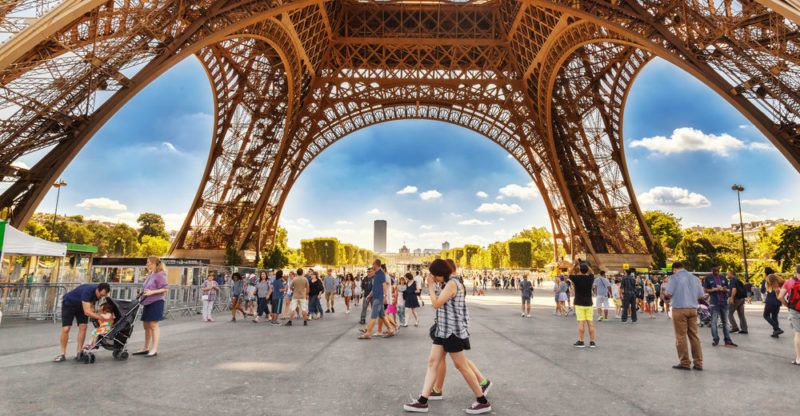
Shortly after its inauguration, the Eiffel Tower was used for military tests with communication antennas , taking advantage of its height and position in the French city.
Today, in fact, the tower not only fulfills tourist and decorative functions, but also operates as an antenna in the transmission of local radio and television programs , through its 116 installed antennas.
Maintenance of the Eiffel Tower
To prevent the iron in the tower from rusting, about 60 tons of paint are required every seven years , managed by the foundation that runs the tower. It has been painted at least 19 times since its construction. The tower provides direct employment to 500 more or less people, between employees and staff of the foundation (SETE for its acronym in French).
Tribute to Scientists Eiffel Tower
As a tribute to the inventiveness of man, Eiffel placed on the tower the surnames of 72 French mathematicians, engineers and scientists (almost all).
Eiffel Tower lighting
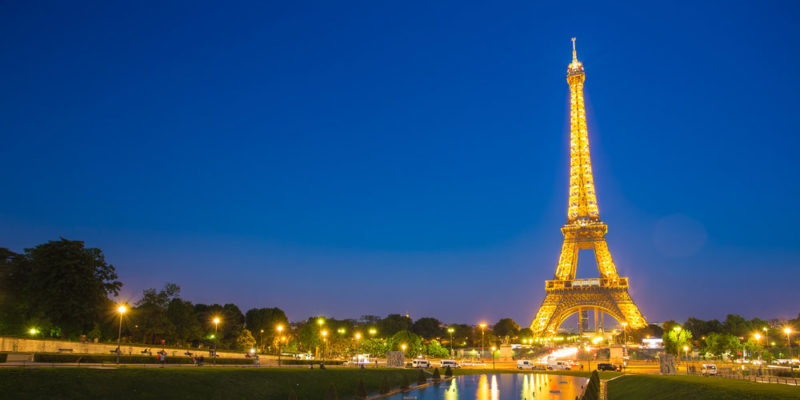
Given the enormous presence of the tower in the city, it is usually illuminated from its inauguration (using gas lights) . Currently it has spotlights that glimpse the Parisian night, as well as thousands of twinkling bulbs that run through its metallic body.
In addition, it has been the scene of numerous artistic , propaganda or even commemorative illuminations, such as its illumination with the colors of the blue flag of the European Union when France received the rotating presidency of that organization.
Finally, every July 14, fireworks are fired from its second floor , to celebrate the national day of France.
Cultural importance of the Eiffel Tower
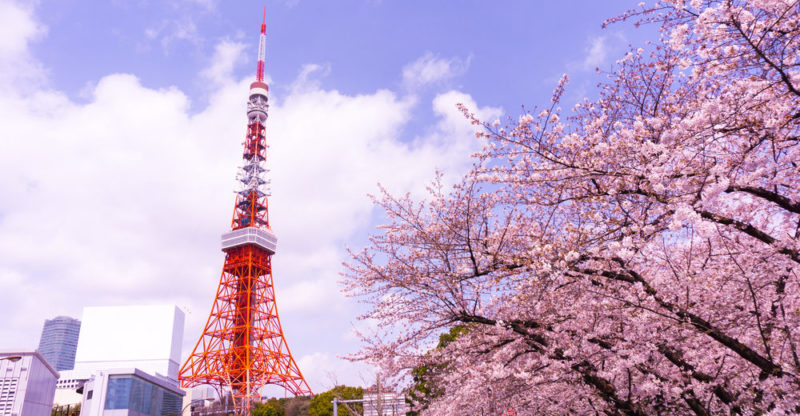
Not only is it a Parisian and French symbol par excellence, but the Eiffel Tower has made its entrance in numerous artistic, photographic, iconographic and even literary representations . It is present in coins , songs, pictures, postcards, comics, films, calligrams and a myriad of cultural productions.
In addition, it is a significant historical place, where the Nazis were photographed during their occupation of France, and where numerous sporting challenges have taken place . So much so, that there are replicas in Las Vegas (USA), Durango ( Mexico ) and Tokyo ( Japan ).
The above content published at Collaborative Research Group is for informational and educational purposes only and has been developed by referring to reliable sources and recommendations from technology experts. We do not have any contact with official entities nor do we intend to replace the information that they emit.
